When slippery handle grip lead users to tighten their hold, their altered brushing force can trip sensitive pressure sensitivity circuits—exposing hidden compatibility issues between mechanics and electronics. In this article, we explore six areas where grip design and sensor calibration intersect, and provide actionable solutions for B2B manufacturers to ensure secure handling and reliable performance.
First, recognize how a user’s grip affects sensor readings:
Therefore, aligning grip ergonomics with sensor thresholds is the first step in resolving these compatibility issues.
Next, choosing the right materials can dramatically improve slip resistance:
By specifying high‐traction materials only in critical areas, manufacturers maintain a sleek look while securing the user’s hold. Company web:: https://www.powsmart.com/product/electric-toothbrush
Moreover, pressure sensors must accommodate realistic grip variability:
Calibrating sensors with these techniques reduces false positives and smooths the user experience.
![[013471]](https://www.powsmart.com/wp-content/uploads/2025/04/013471-1024x576.jpg)
To fully address the interplay, adopt a co‐design approach:
These hardware harmonizations keep mechanical inputs and electronic outputs in sync.
Reliable performance demands thorough validation:
Incorporate these protocols into your QMS to catch compatibility issues before mass production.
Finally, empower distributors and service teams with knowledge:
Equipping your B2B channel with these resources ensures end users enjoy both secure handling and consistent pressure‐controlled cleaning.
Conclusion
By synchronizing handle grip design, pressure sensitivity calibration, and rigorous co‐design testing, B2B manufacturers can eliminate the compatibility issues that arise when slippery handles meet oversensitive sensors. Through material innovation, adaptive firmware, and comprehensive channel support, you’ll deliver electric toothbrushes that feel secure in hand and function flawlessly every time. Contact us to co-develop the next generation of robust, user‐centric oral‐care devices!
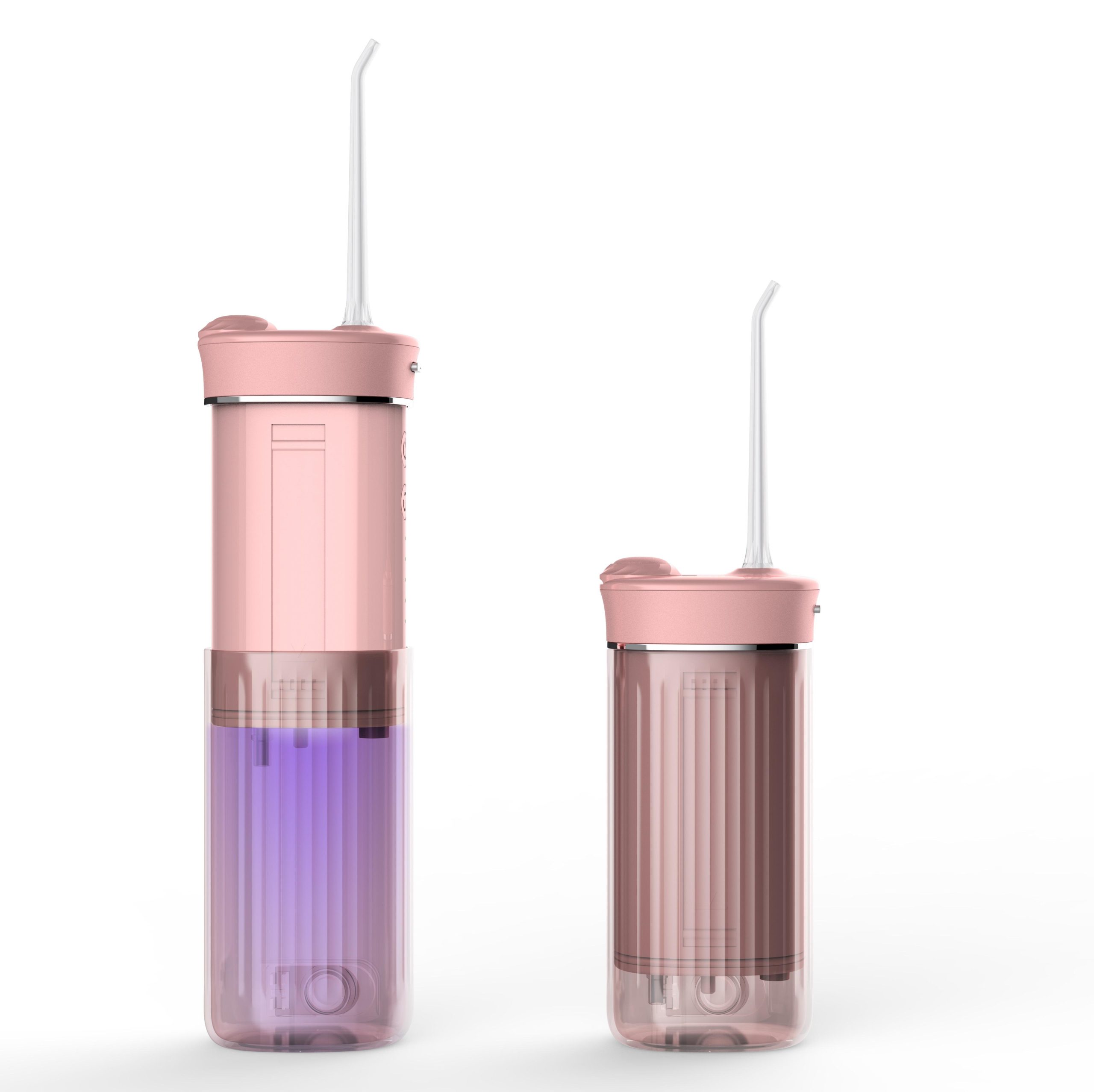
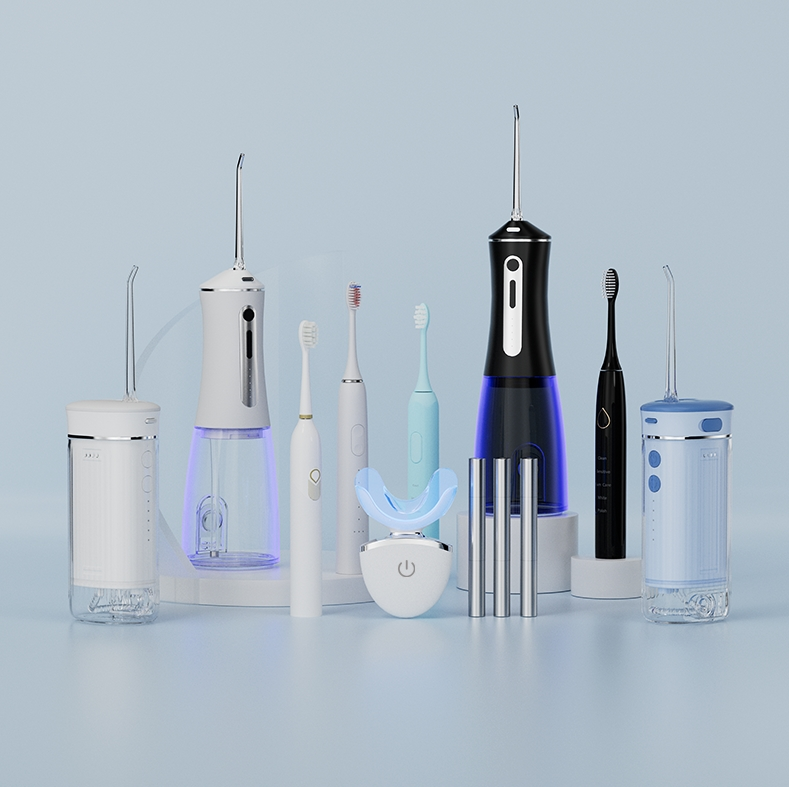
How Does Gum Recession Relate to Maintenance Complexity?
Why Does Your Brush head detachment While Suffering Decibel Level Discomfort?
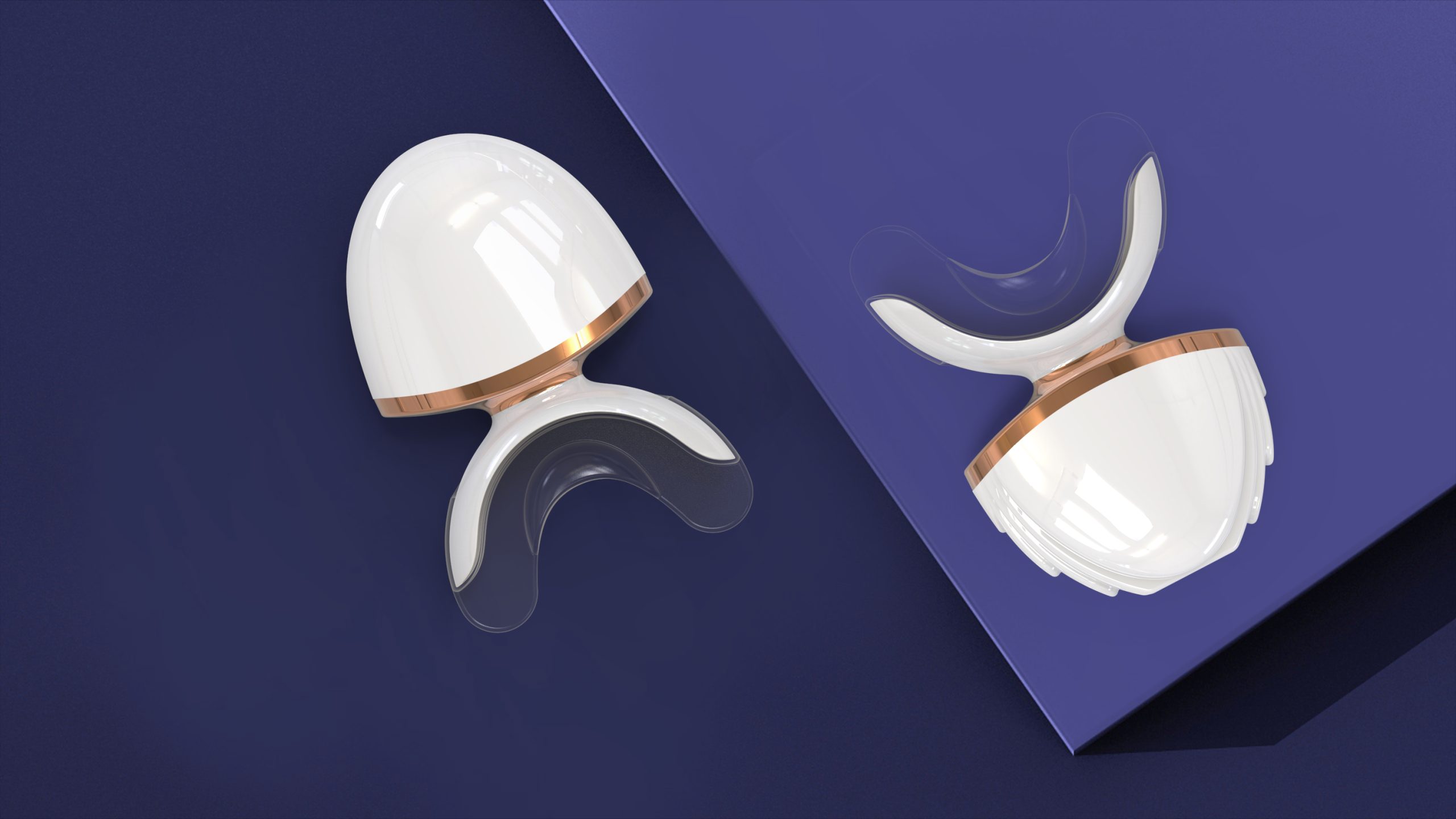
Teeth whitening device OEM: In-Depth Cooperation Model from LOGO to Light Wave Customization
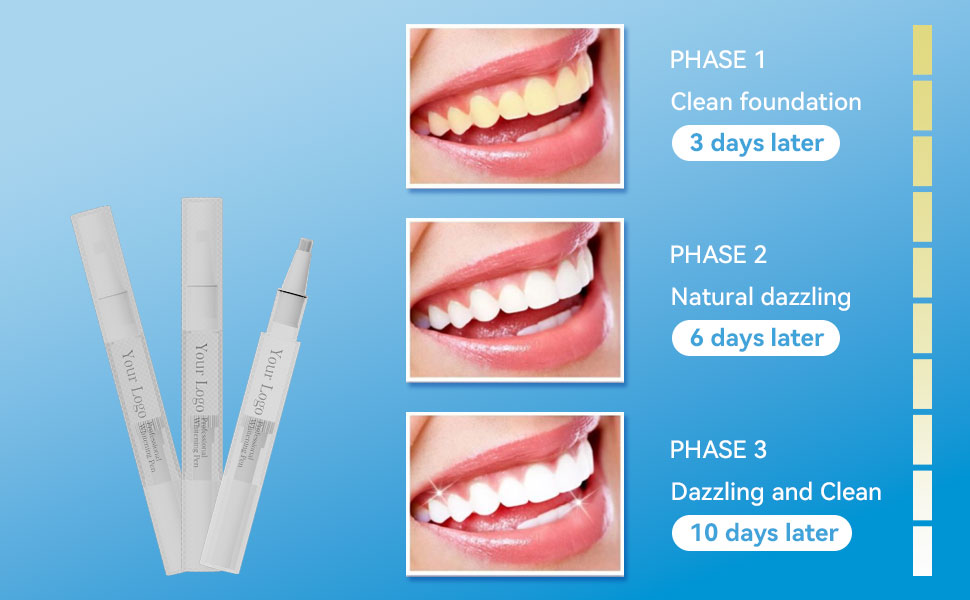
What is LED Teeth Whitening Kit and Usage Guide
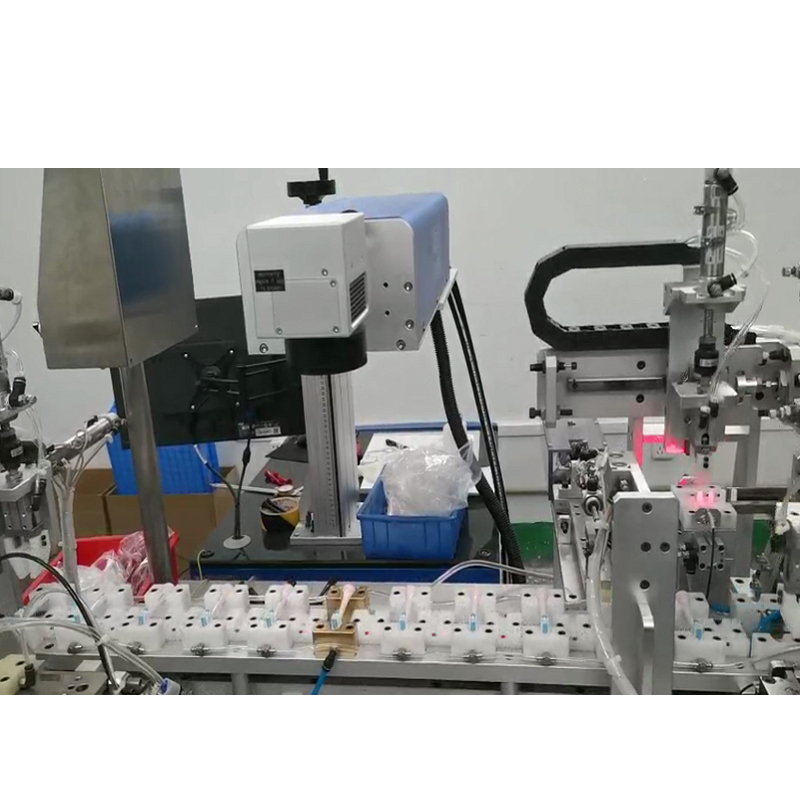
Electric Toothbrush Production Process Diagram: Complete Process from Injection Molding to Assembly and Key Points of Quality Inspection

How to Increase Repurchase Rate Through the “Brush Head + Toothbrush Handle” Accessory Adaptation Structure?
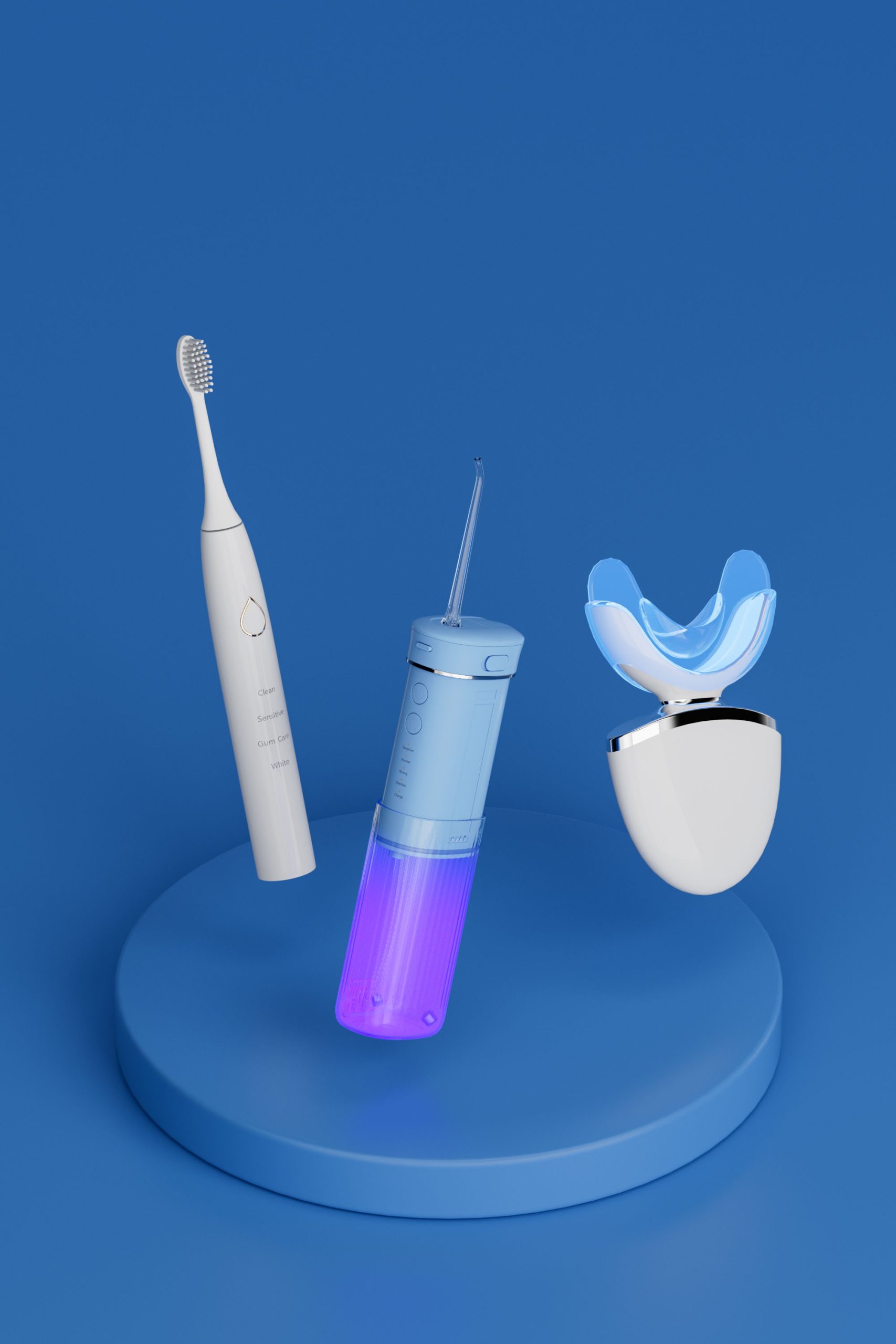
Why a Hindi brushing guide is essential for your First-time user guide

Preventing Mold in Water Flosser Tanks: Silver Ion vs. UV Sterilization
Are Brush Head Compatibility Issues Hiding Liquid Residue Buildup?
.jpg)
A Guide to Designing Good-Looking Electric Toothbrush: How Can Macaron Colors + APP Interconnection Increase Product Premium?
.jpg)
A Complete Guide to OEM Customization of Electric Toothbrushes: From LOGO Printing to Core Function Development

Can an Electric Toothbrush Help Relieve Tooth Sensitivity?

Customizing Specialty Electric Oral Care Electronics for OEM

Water Flosser Market Trends in 2025: Consumer Preferences and Innovative Technologies
Does Your Brush Fight Plaque Smartly?
Are You Brushing Too Hard?

electric toothbrush heads Deep Clean

Private Label Whitening Gel

Electric toothbrush heads Charcoal Infused-Diamond

electric toothbrush heads Regular Clean

Customization Teeth Whitening Gel

electric toothbrush heads Charcoal Infuse-Round

electric toothbrush heads Ultra Soft
.jpg)
Florida Electric Toothbrush – Powsmart PTR-C8
whstapp
whstapp
National Toll-Free Service Hotline
+86 755 86238638